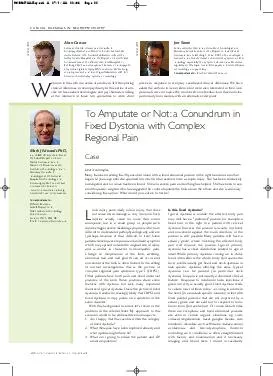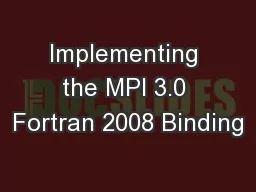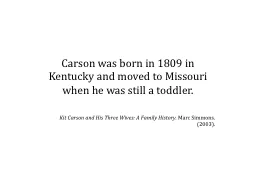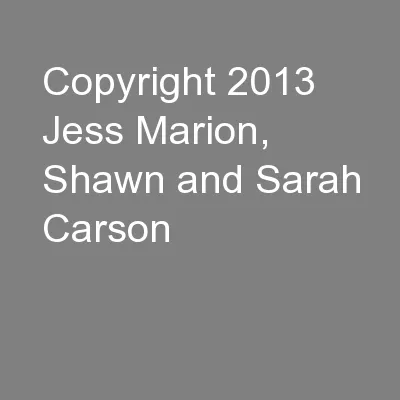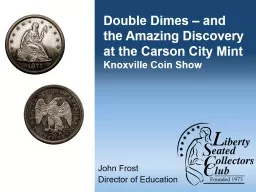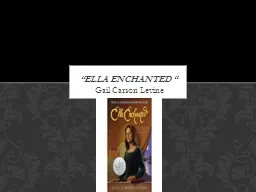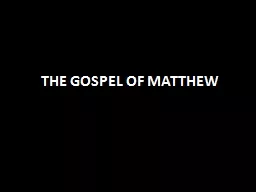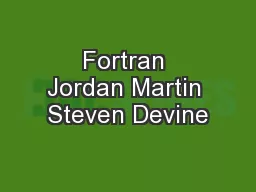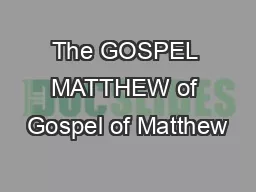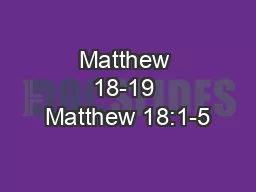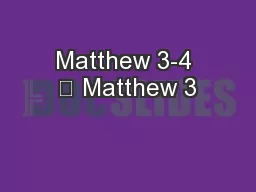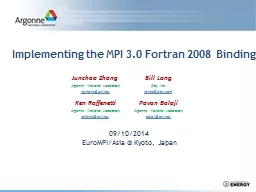PPT-Fortran Matthew Carson History of FORTRAN
Author : pamella-moone | Published Date : 2018-11-12
FORTRAN 0 1954 First High Level Language FORTRAN I 1957 First Compiled Language FORTRAN II 1958 1958 Independent Subroutines FORTRAN IV 1960 1960 Most Used Version
Presentation Embed Code
Download Presentation
Download Presentation The PPT/PDF document "Fortran Matthew Carson History of FORTRA..." is the property of its rightful owner. Permission is granted to download and print the materials on this website for personal, non-commercial use only, and to display it on your personal computer provided you do not modify the materials and that you retain all copyright notices contained in the materials. By downloading content from our website, you accept the terms of this agreement.
Fortran Matthew Carson History of FORTRAN: Transcript
Download Rules Of Document
"Fortran Matthew Carson History of FORTRAN"The content belongs to its owner. You may download and print it for personal use, without modification, and keep all copyright notices. By downloading, you agree to these terms.
Related Documents


